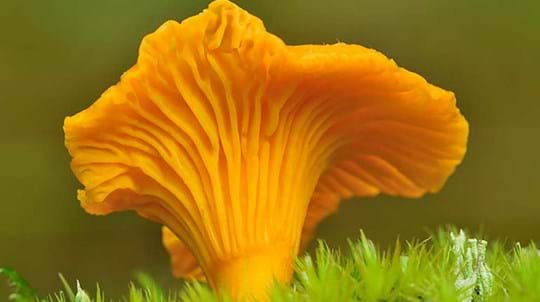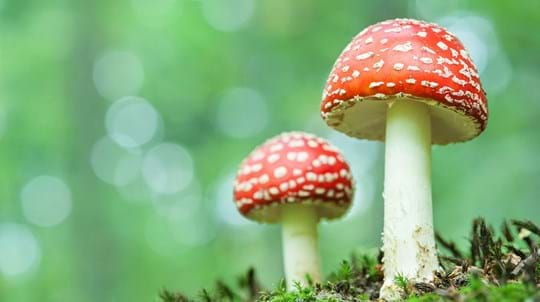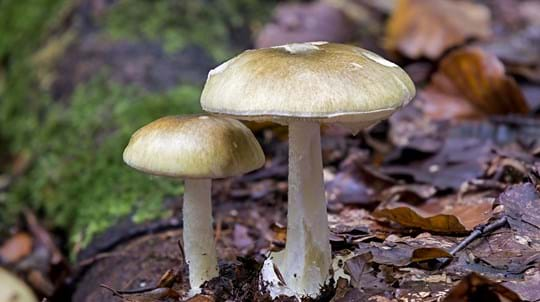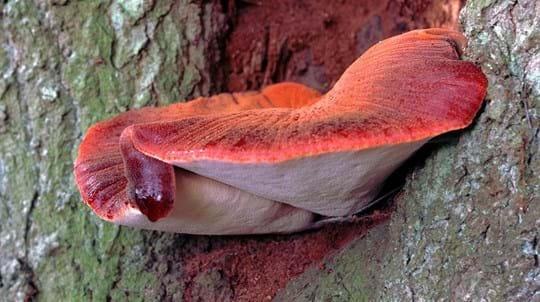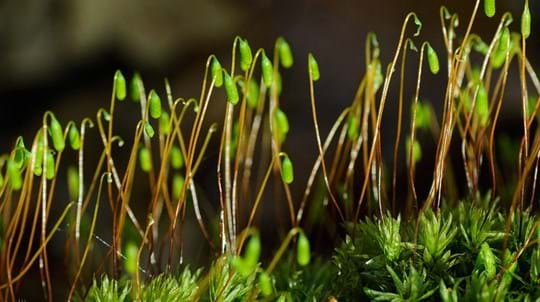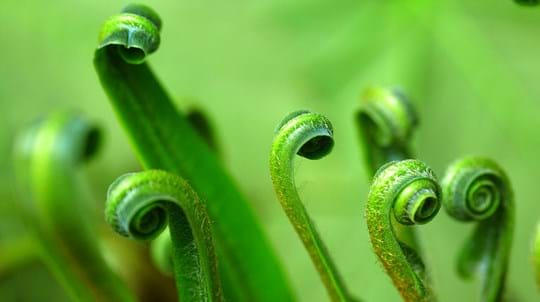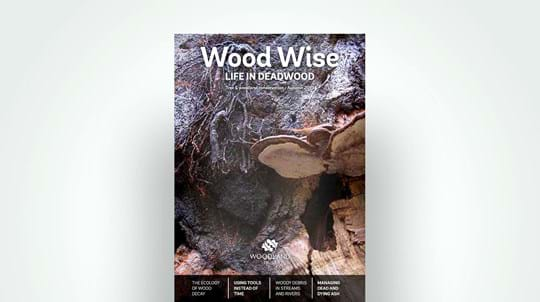
Credit: Doug Horrigan / Alamy Stock Photo
Where to find oak bracket
Oak bracket fungus is fairly common in southern and eastern England, but a rare sight in northern Britain. It also occurs in Wales and Northern Ireland. It is found in broadleaf woodland at the base of living and dead oaks, and occasionally other broadleaved trees, such as beech, birch and alder.



